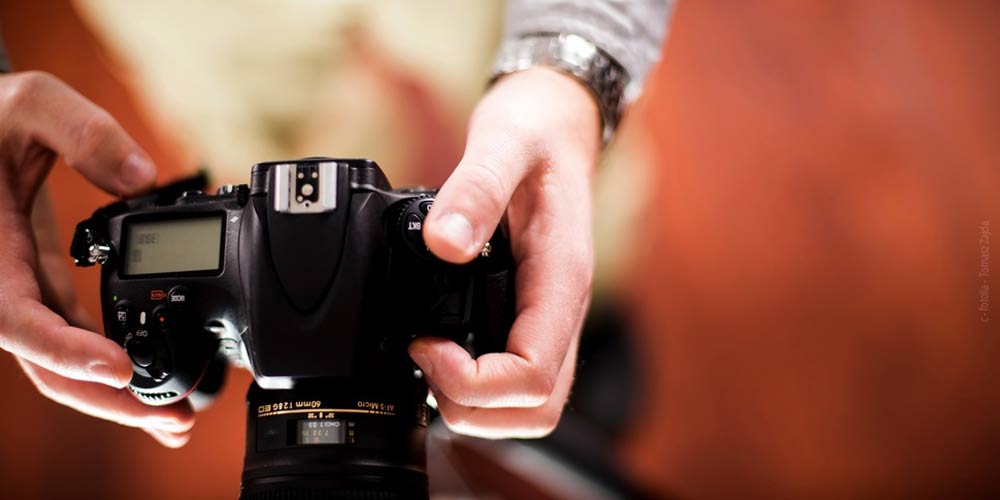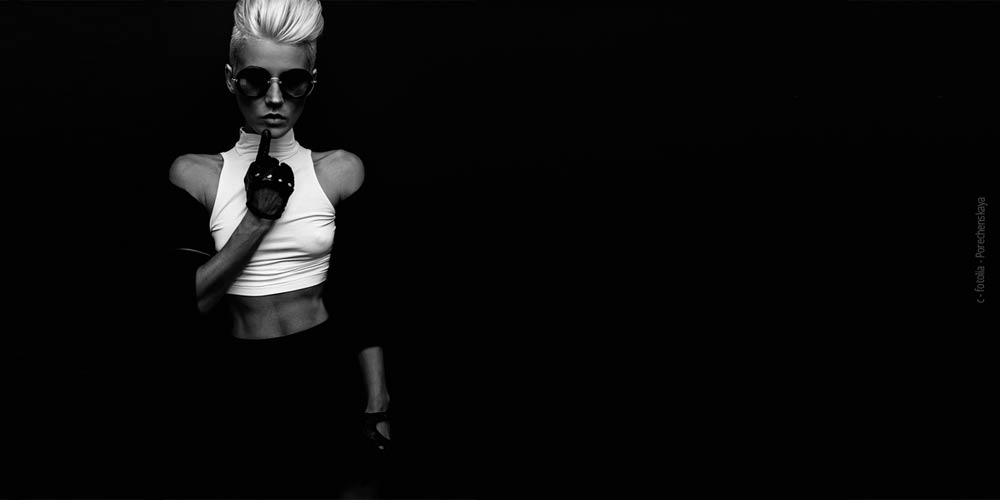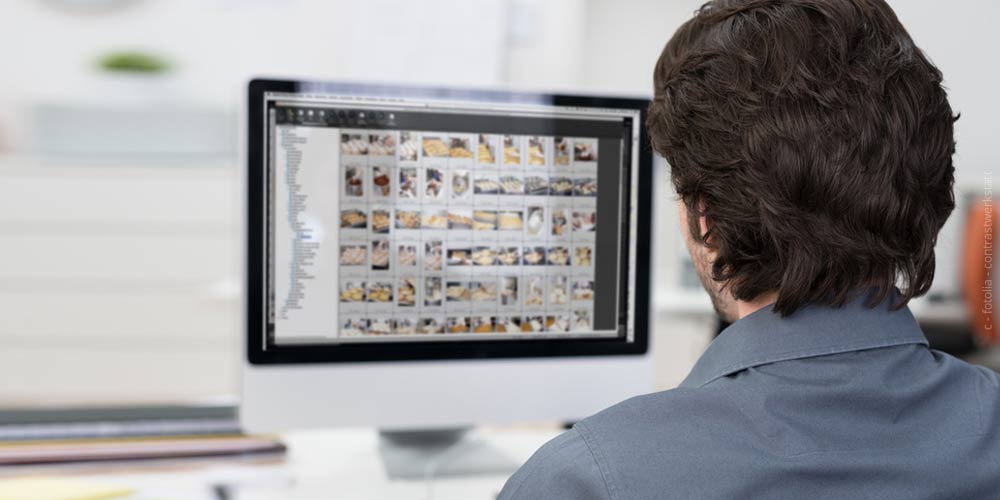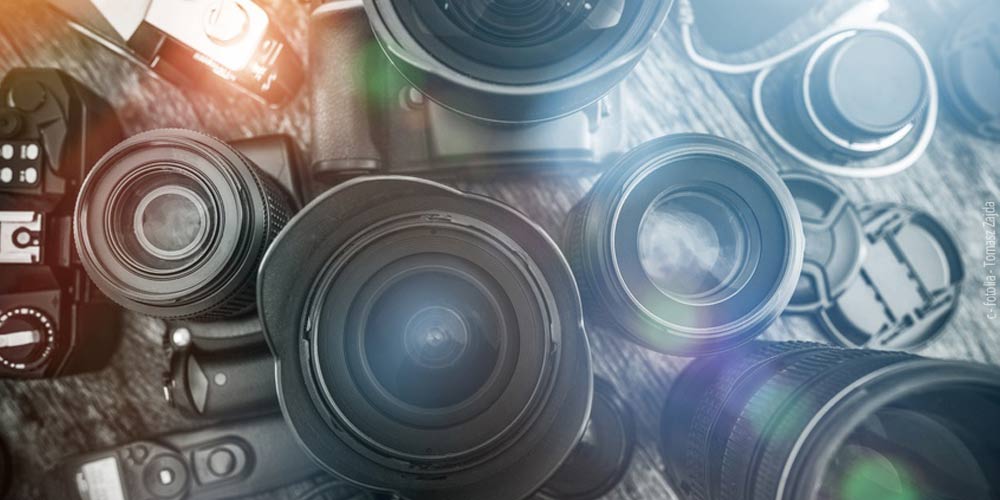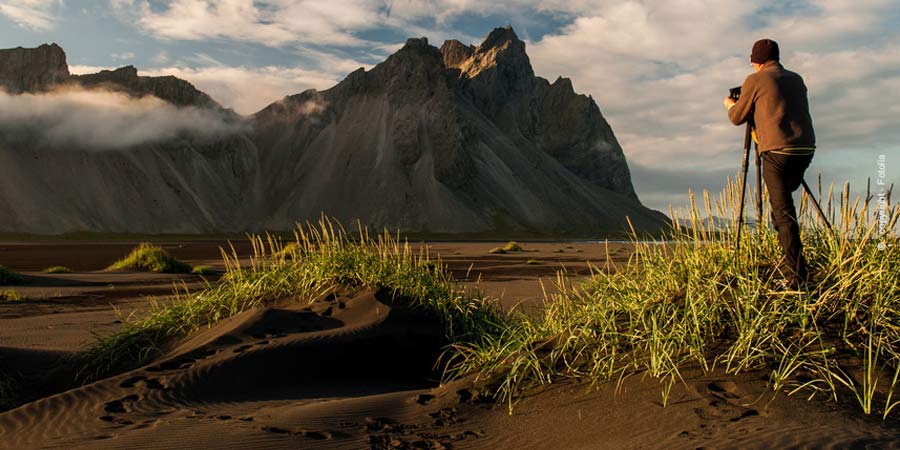Stock photos: cheap & royalty-free for editorial and commmercial use
If you need a certain photo, you can use stock photos for it. Stock photos are quasi photos on stock, which can be used if necessary. However, it should be noted whether the images are royalty-free or subject to licensing. The royalty-free photos are also referred to as royalty-free or RF. Images subject to license have the addition RM, rights managed or subject to license, which must be observed. These photos are usually subject to a fee and even royalty-free photos usually cost a certain amount. In order to find a really free photo, the searcher must look very carefully.
But there is also the reference to commercial and editorial use, which also causes a lot of confusion among those who are only casually concerned with these issues. The price for rights-managed photos can also be based on circulation, while the price for royalty-free photos is more based on size. In addition, customers are often allowed to use these images as they wish, with a few minor restrictions. A disregard of the license rights can have legal consequences and lead to claims for damages.
Commercial use of stock photos
If you want to advertise with a certain stock photo in any form, you want to use this stock photo commercially and therefore have to pay for its use. If you are not completely sure whether your project is a commercial use, this definition may help you, although a legal guarantee on correctness cannot be given here. If a stock photo is used for advertising, an amount must be paid for it, which can be very different and is made by the owner of the photo rights. Advertising can be practically any form such as an advertisement, a flyer or poster and even email and banner advertising are part of it.
Even if the photo appears in a commercial, the license fee is due. This also applies if the photo is printed on a product that is then for sale such as T-shirts, coffee mugs, stickers, calendars, mousepads, posters, puzzles or whatever else is available. As soon as you want to earn some kind of money with this picture, the user has to pay the license fee. Under certain circumstances, an extended license may even become due in such a case.
The editorial use does not require a fee
If you need the photo in the context of an editorial activity, no license fee is due for it, since you are a user in the journalistic field. In English it is also called ‘editorial use’ and means that the photo is used for a newspaper, a magazine, in a school book or non-fiction book, for a blog or for news programmes. Of course, this does not apply to pictures that appear in an advertisement for the daily circulation, but only to the reporting part of the newspaper.
In addition to newspapers, this also applies to modern blogs, which also have editorial value. For example, if you need an imprint, you are automatically on the safe side. However, some websites have a certain grey area. The separation is so important because otherwise life becomes quite complicated. If the editorial use did not exist, all people photographed would have to give their personal consent to the photocopy, which would have strong consequences for the freedom of the press.
If you want to avoid trouble later on, you should pay very close attention to which images you use for which purpose. Moreover, license-free images are not to be equated with free images, but the user usually pays them a price corresponding to their size. Also the editorial use is not a carte blanche for the free use of photos, but refers actually only to media such as newspapers, magazines or blogs, which have an informative value.
Stealing photos is LEGAL? Fair Use Law in Action
Fair Use which allows people to use pictures for free under some conditions. Specifically, it provides exemptions for commentary, search engines, criticism, parody, news, research, and scholarship. While it’s never black-and-white, courts make fair use judgment calls based on four criteria:

